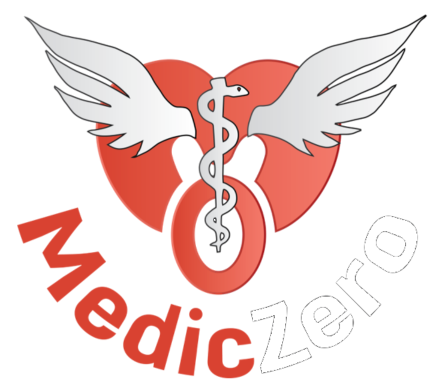Our Story

Be part of the solution
Analyzing statistics
We recognized a lack of bystander intervention in emergent situations such as cardiac arrest. Despite one’s best wishes to act in these situations, a lack of awareness, education, and confidence prevents them from doing so. Hands-only CPR is not only easy to learn, but its widespread delivery can save lives and improve health outcomes across the nation..
Racial, Social, and Geographic Disparities
Cardiac arrest survival rates are not solely dependent on bystanders, but also involve victim demographics, geographic location, and emergency response systems. In analyzing the influence of these factors on survival to discharge ratios, we found alarming trends:
Bystander CPR Delivery and Receiving Rates
By Location
Bystander CPR Delivery and Receiving Rates
By Gender
Bystander CPR Delivery and Receiving Rates
By Race
Ventricular Fibrillation cardiac arrest survival to discharge percentages
By location
Ventricular Fibrillation cardiac arrest survival to discharge percentages
By Gender
Ventricular Fibrillation cardiac arrest survival to discharge percentages
By Race
We asked ourselves
How can we enable bystanders to act in emergent situations, promote the usage of evidence-based emergency medicine practices, and narrow the gaps between each of these social and racial categories?
Our History
Once our mission was clear, we began our work.
From small beginnings, to where we are now.


